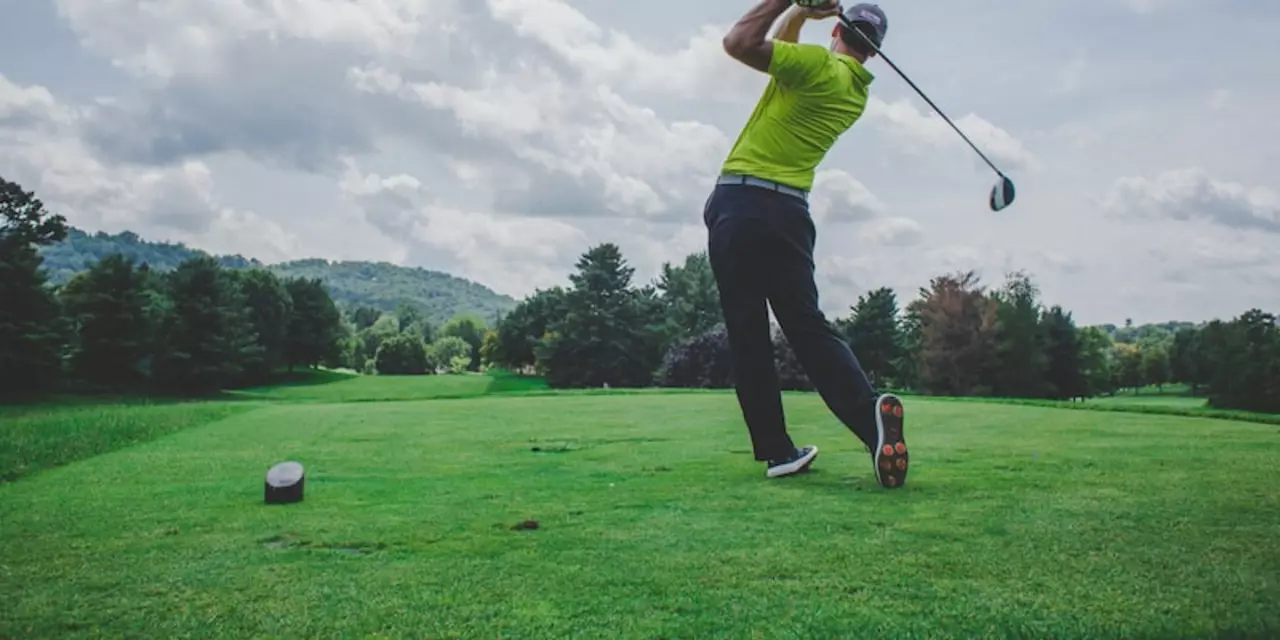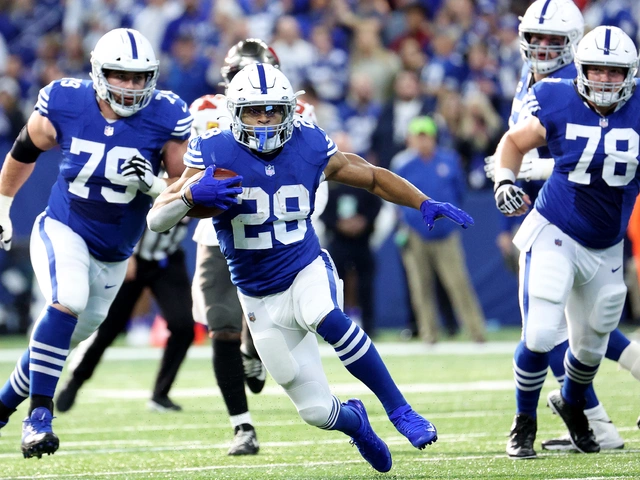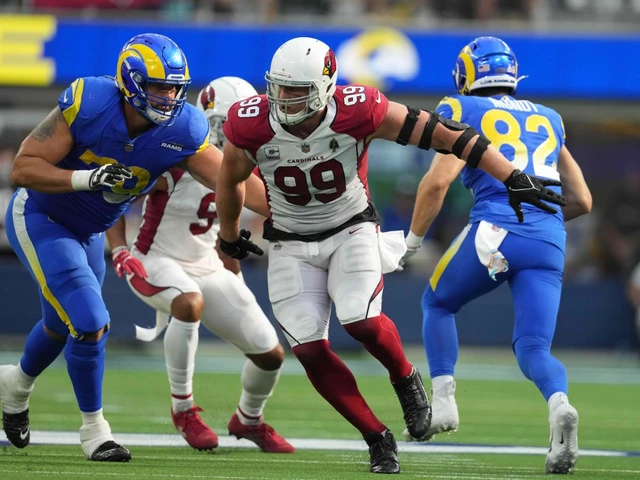Repetition in School Sports
When talking about repetition, the act of doing the same movement or skill over and over to improve it. Also known as repeated practice, repetition is the backbone of any sports program, from a quick sprint drill to a full‑court basketball scrimmage. In simple terms, repetition encompasses the concept of practice, regularly scheduled sessions where athletes work on specific techniques. When you line up a group of Year 8 footballers and ask them to pass the ball twenty times, you’re not just filling time – you’re building a foundation that supports faster skill acquisition later on.
Why Repetition Builds Muscle Memory and Skill Development
Every time a student athlete repeats a movement, their nervous system writes a tiny script in the brain. This script is called muscle memory, the automatic response that lets the body perform a skill without conscious effort. The more you repeat a drill, the stronger that script becomes, and the less the player has to think about each step. That’s why coaches design training drills, structured activities that isolate a specific skill for repeated execution – they give the body the chance to encode the movement pattern. In Nottingham schools, a typical basketball drill might have kids practice lay‑ups fifty times in a row; the result is a smoother, more reliable shot when the game pressure hits. Repetition builds muscle memory, and muscle memory enables faster decision‑making on the field. The link is clear: skill development requires repeated drills, and repeated drills lead to consistent performance.
Beyond the brain, repetition also conditions the heart, lungs, and muscles. A week‑long series of interval runs, repeated three times per session, teaches the cardiovascular system to recover quicker. That’s why the phrase "training conditioning, planned physical work that improves overall athletic fitness" appears in many coach handbooks – it’s the practical side of repetition. When a student runs the same 400‑meter repeat four times, the body adapts, and the next time the effort feels easier. This adaptation loop is the engine behind any performance boost: repeated training improves performance, and improved performance reinforces the value of repeating the right activities.
In real‑world school sports, repetition also shapes confidence. A young gymnast who practices a balance beam routine fifty times will trust her body more than one who only tries it a handful of times. That confidence translates to better competition results, and it also reduces injury risk because the athlete knows exactly where her limits lie. So when you hear coaches say "we’ll run this drill again tomorrow," they’re not being repetitive for the sake of it – they’re reinforcing the neural pathways, the physical conditioning, and the mental belief that the skill belongs to the athlete.
Below you’ll find a curated collection of posts that dive deeper into each of these ideas. From game‑changing derby recaps to health‑focused articles on heart health, the pieces showcase how repetition, whether in a training session or a strategic game plan, shapes outcomes. Browse the list to see how experts break down the science, share real‑life examples, and give you practical tips you can apply in your school’s sports program right now.






